Back Pain
Back pain is a very common condition.
In the vast majority of cases, the pain is self limiting and is improved with non-operative care (medications and physical therapy) within 4-6 weeks.
Most cases of low back pain occur because of a non-serious cause, such as muscle or ligament strain, or strain of the fascia (the sock that covers the muscles).

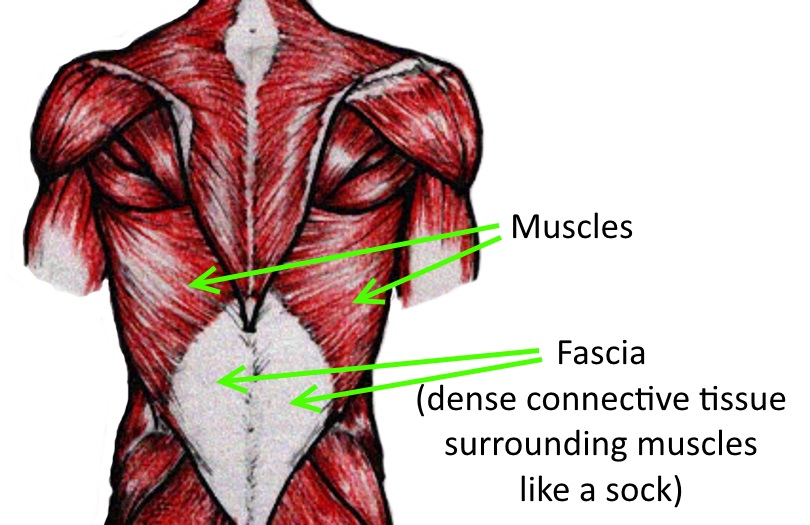
Causes of pain include those related to the muscles, skeleton, and connective tissues, even including injuries to the discs and joints of the back. However, on occasion, back pain can be caused by other conditions related to the internal organs like a kidney stone or diverticulitis.
The diagnosis can usually be made by a careful history and physical exam.
On a normal MRI, pictured here, the center of the disc, called the nucleus, which is like the center of a jelly donut, appears white.
The rim of the disc, the annulus, like the dough of the donut, is not bulging backwards toward the nerves which reside in the spinal canal.
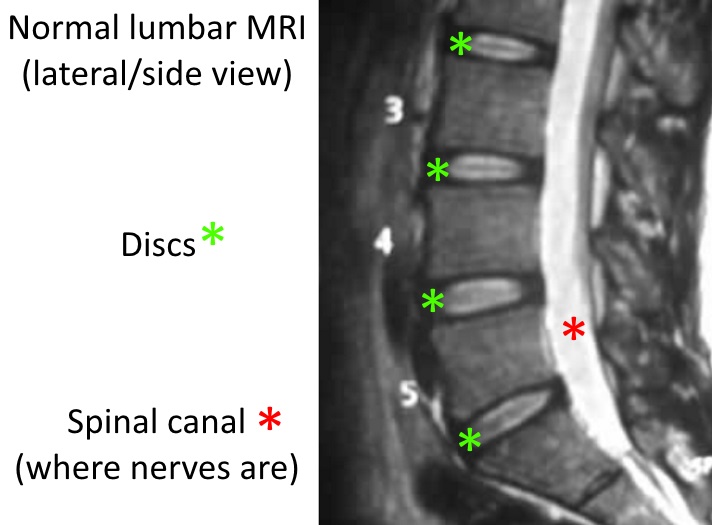
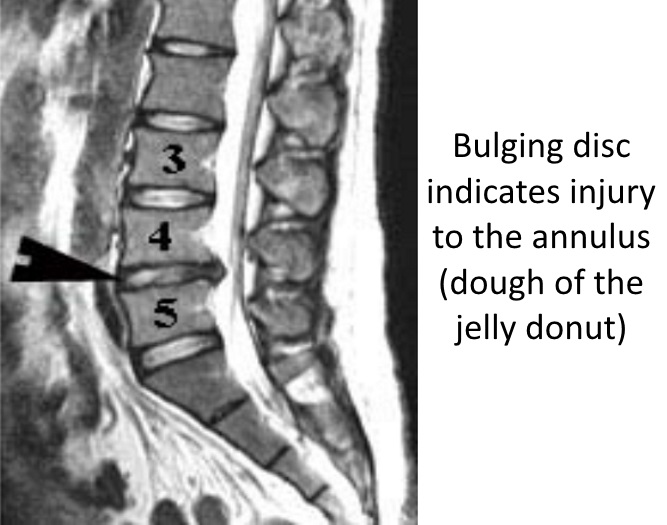
On this MRI, however, which shows an abnormal disc at L4-5, the annulus (dough of the donut for this illustration) is injured as noted by the bulge posterior (backwards) toward the nerves in the spinal canal. Aside from potentially compressing nerves to cause pain down the leg or legs, the disc itself is not working as an effective cushion between the bones.
A poorly functioning disc can lead to pain in the back, the buttock, and thigh, depending on which disc is involved, due to referred pain patterns.
When the disc becomes a poor cushion between the bones, there are changes to the bones called Modic changes that can be understood as if the bone is getting bruised, since the cushion has become incompetent.
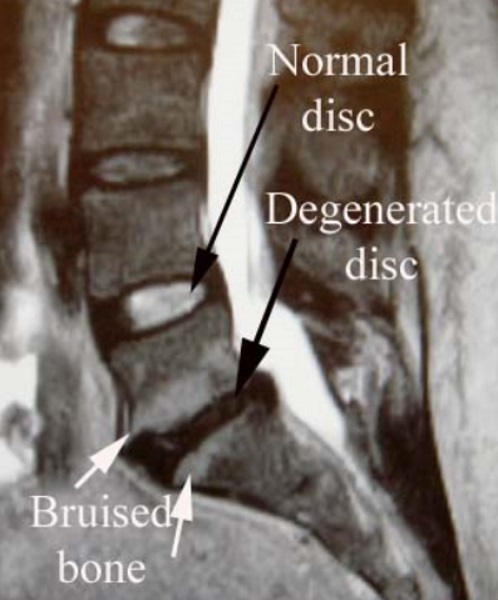
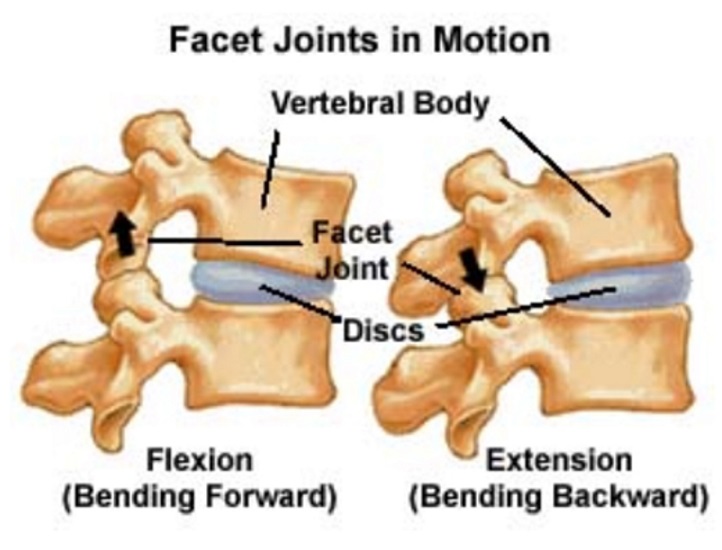
Facet Arthritis
While the discs help support the spine in front of the spinal nerves, the facet joints are the moving parts in the back part of the spine. These facet joints can also be a cause of pain.
The joints which are covered with articular cartilage (like the kind on the end of a chicken bone) which can wear out (become arthritic) and cause pain. For information on worn out facets, click here.
